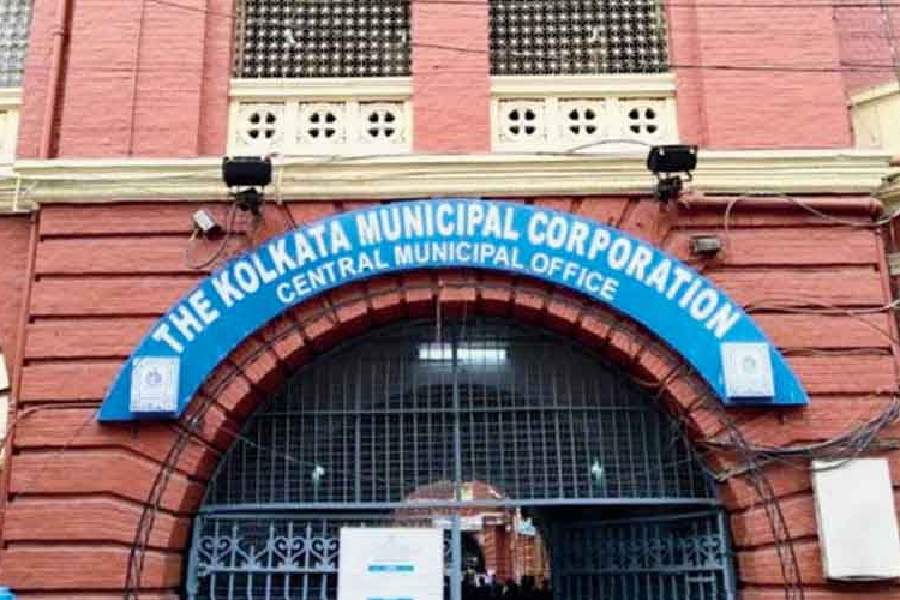The process to demarcate areas in Kolkata where hawkers will be allowed and where they won’t be has finally begun.
The Kolkata Municipal Corporation (KMC) has set the ball rolling on something that a 2014 legislation had mandated.
The Street Vendors (Protection of Livelihood and Regulation of Street Vending) Act, 2014, applicable across the country except Jammu and Kashmir, defines a “vending zone” as an area or a place or a location “for the specific use by street vendors for street vending”.
No-vending zones are places that are free of any hawkers.
A draft of the list of the zones will be published on the KMC’s website allowing people to raise objections. The KMC must submit the list to Calcutta High Court by November 28, said an official of the civic body.
“The 2014 act says that local authorities must identify vending zones and no-vending zones in a city. Ward-level officials of the KMC will conduct surveys and see places where hawkers are present and where there are no hawkers. Based on the findings of the survey, we will prepare a list of vending and no-vending zones,” said a senior official of the KMC.
The rules, framed by the state government based on the act, also say so. According to the rules, the “Town Vending Committee shall prepare the list of Vending Zone as well No Vending Zone in consultation with the Local Authority”.
“We have asked the town vending committee, especially the hawker members of the committee, to give their recommendations. Both lists (one to be prepared by the KMC and the other to be suggested by the town vending committee) will be examined and scrutinised before a draft list is prepared,” said the official.
The town vending committee has been empowered by the 2014 act to take penal measures against errant hawkers and also protect their right to street vending. The committee is made of representatives of local authorities, hawkers, police, NGOs and government officials, among others.
Once the draft list is ready, it will be published on the website of the KMC inviting suggestions, objections and claims from citizens. “Based on the feedback, we will again work on the list and finally submit the list to Calcutta High Court,” said the official.
According to the 2014 act, every town and city in the country should have its own town vending committee. While the committee has been formed in Kolkata and it has also started to work, the authorities in neighbouring Salt Lake have yet to form any such committee. The authorities in New Town are in the process of setting up the committee.
KMC officials said identifying and declaring vending and no-vending zones was necessary because without such lists they cannot take any action against hawkers who set up stalls on pavements that had no hawkers previously. It is likely that such pavements could be declared no-vending zones.
The vending committee has the power to suspend, cancel the certificate of vending issued to a hawker or impose a penalty in case a hawker violates the conditions for street vending.
The hawking rules framed by the state government say no stall can occupy more than one-third of the width of the pavement. At least two-thirds must be free for pedestrians. This norm are routinely violated in Kolkata.
